In May, Gov. Jay Inslee declared a statewide drought emergency.
At the time, he warned that Washington’s rivers had dwindled, snowpack was nearly nonexistent and some irrigation districts were rationing water.
On the Olympic Peninsula, where normally 80 inches of snow would blanket the ground, glacier lilies bloomed.
Then the governor uttered what has now become a familiar refrain: “We’re seeing things happen this time of year we have just never seen before.”
Officials predicted that rivers and streams would run at their lowest levels in at least 64 years. Firefighters braced for an earlier and more intense wildfire season. The state Department of Agriculture predicted $1.2 billion in crop losses due to drought.
And, Inslee warned, “We have some even tougher, more challenging months ahead of us.”
Those months are now upon us.
The drought’s impacts are far-reaching and have reached Clark County. Here are seven on-the-ground perspectives of people who are affected in different ways.
Fish in peril Warmer water spells trouble for salmon
Dave Brown, fish rescuer
When Dave Brown looks at the condition of Clark County’s waterways this year, he doesn’t find reason to be encouraged.
“We’re not in good shape,” Brown said.
Many of the county’s streams and rivers, including the East Fork Lewis River, are running very low for this time of year. If the water drops too low, and the weather is too warm, it could be fatal for the salmon and steelhead that depend on those waters, Brown said.
Brown runs Northwest Wild Fish Rescue, a one-of-a-kind operation that for years has captured thousands of young fish from waterways where they would otherwise become stranded and die when the stream dries up. Brown holds them and raises them in several pens on his property before releasing them back into various parts of the Salmon Creek and East Fork watersheds when water is higher.
The program has helped restore fish runs in the area. But this year presents new challenges, Brown said.
“We’re going to need every bit of water we can get for our fish,” Brown said.
Tributary creeks that dry up in the summer are doing so earlier than usual this year, Brown said. How the watershed fares the rest of this summer will depend on what the coming weeks bring, he said.
Hard ground Dry weather hurting local farms
Joe Beaudoin, farmer
Joe Beaudoin’s farm is facing threats on numerous fronts.
A highway-widening project would transform a field into asphalt.
“Every year, I lose more acres,” the 75-year-old farmer said.
The brown marmorated stink bug has devoured his berries and vegetables.
“It’s the worst it’s ever been.”
The list continues, but Beaudoin says his most pressing problem — the most immediate threat — is the lack of water.
On a recent scorcher of a day, Beaudoin stepped out of his pickup and walked into the field. He dragged his brown boot across the dirt.
The earth was dry and cracked. A thin layer of dust floated up.
“No moisture at all,” Beaudoin said.
Enlarge

If you live in Clark County, chances are you draw your drinking water from the Troutdale Aquifer System.
The underground reservoir, which stretches beneath most of Clark County, accounts for about 99 percent of the drinking water used within its reach, according to a 2006 report by the Environmental Protection Agency. Surface water sources, such as rivers and streams, represented less than 1 percent of the drinking water used in Clark County, according to the report.
The EPA designated the Troutdale Aquifer System as a “sole source” aquifer in 2006. The designation created an extra layer of federal protection following a petition by Columbia Riverkeeper and other groups.
The county’s largest water provider, the city of Vancouver, taps the Troutdale aquifer to serve more than 230,000 people inside the city limits and a portion of the unincorporated urban area. So does Clark Public Utilities, which provides water to about 30,000 customers, mainly in Hazel Dell, Felida and Salmon Creek.
Both Vancouver and the utility have said they don’t expect this year’s drought to significantly impact the Troutdale aquifer or lead to restrictions on water use. But at least two communities in Clark County are asking their residents to voluntarily cut back on their water use.
Late last month, the city of Battle Ground announced a “Stage I Water Shortage Alert” and asked people to increase their water conservation efforts. The same day, Washougal implemented a voluntary odd/even lawn and landscape watering program.
— Eric Florip
Some fields were so hard this year he couldn’t plow them.
“Like cement,” he said.
The farmer has had to rethink his strategy this year. He stopped growing certain crops to focus the water on the more lucrative yields, like strawberries.
Beaudoin said his only option is hoping Mother Nature changes course soon.
“We need rain bad,” he said.
Shallow streams Water levels keep dropping, concerns keep rising
Jim Byrne, fish biologist
If water levels on rivers and streams look bad now, fish biologist Jim Byrne’s real worry is what they’ll look like this fall.
That’s when flows are typically at their lowest, before the rainy season arrives in earnest. It’s also when many fish make their way back upstream to vital spawning grounds.
The problem: If smaller streams become too shallow or too warm, fish will have trouble migrating to those areas during fall runs.
“There’s really not much you can do,” said Byrne, who works for the Washington Department of Fish & Wildlife in Vancouver. “You’re limited by the volume of the water and the temperature of the water.”
One of Byrne’s areas of focus is bull trout, a species particularly dependent on cold water, he said. Salmon and other types of fish will also be impacted as waterways dwindle or even dry up.
The Washougal River and Salmon Creek are two important waterways that are seeing low flows and are being watched closely, Byrne said. On the North Fork Lewis River above Swift Reservoir, the water level in mid-June looked more like mid-August, he said. Other local waterways look similarly bad.
Even as Washington’s drought deepens, many people aren’t aware of all of its implications, Byrne said.
“I think as the summer goes on, that will change,” he said.
Gorgeous grapes Drought is worrisome but vineyard sits in good shape
Walt Houser, vineyard owner
Drought is a common topic of conversation among visitors at Bethany Vineyard & Winery outside Ridgefield. Walt Houser, who owns the vineyard with his wife Beth, hears it all the time.
“Everybody talks about it,” Houser said. “I think people are concerned.”
Houser isn’t one of them. At least, not when it comes to his business.
“The grapes are just absolutely beautiful this year,” Houser said. “They’re gorgeous.”
The first wine grapes at Bethany Vineyard & Winery were planted 16 years ago. They were watered the first year, but crops haven’t needed irrigation since, Houser said. Despite drought conditions across Washington, he doesn’t expect that to change this year.
A promising yield this year comes on the heels of a “great year” in 2014, Houser said. Still, the vineyard hasn’t been immune from Washington’s drought. Houser can see the ground drying out more than usual at Bethany Vineyard’s main property near Ridgefield. Another property the vineyard uses in the Columbia River Gorge has already required more irrigation than past years, he said.
If he needed it, Houser owns the water rights to a lake that sits adjacent to the rows of vines at Bethany Vineyard’s home base. He has no plans to use it.
“I have no concerns at all,” Houser said of this year’s grapes. “And I won’t put any water on them at all, I’m positive.”
Fire danger builds Heat and lack of rain doesn't bode well for state forests
Peter Goldmark, DNR
Peter Goldmark, who oversees the state’s Department of Natural Resources, is charged with protecting state lands from being destroyed by wildfires.
It’s the kind of responsibility he’s known, on a smaller scale, most of his life.
Raised on a dryland cattle ranch in Okanogan County, Goldmark still remembers the early-morning fire that threatened to destroy his home in the mid-1950s.
His mother was preparing breakfast for the farm crew when she looked east and saw the blaze. He rushed to help gather their precious belongings. Their house was ultimately spared, but the threat of fire is something Goldmark has long felt on a personal level.
“I’m keenly aware of its impact on people and the landscape,” he said.
I haven’t seen the snowpack as low, nor fire a season as advanced Peter Goldmark, state lands commissioner
Goldmark has been fighting fires for more than three decades.
This year, the lack of snowpack has him worried. He’s seen the state dry before, in 1973 and 1977, in particular.
“But I haven’t seen the snowpack as low, nor fire a season as advanced,” Goldmark said.
There’s something else, too.
The fires are more intense and extreme; their behavior has changed, he said.
He spent the last several months trying to convince lawmakers of the threat the state is facing from fire. He won’t wager whether this year is an anomaly or the new normal.
“We have an expression in rural parts of the state and country: Only a fool or newcomer would try to predict the weather,” Goldmark said. “I’m not going to predict if this is a beginning of a trend or a volatility of the normal weather pattern.”
Writing on wall Organic farmer prepares for possible warmer, drier future
April Thatcher, organic farmer
April Joy Farm didn’t need a drought to make water conservation a priority. The organic farm near Ridgefield has emphasized careful use of it resources since it was started nearly a decade ago, said co-owner April Thatcher.
Now that drought is a reality across Washington, the importance of water and local agriculture is only more pronounced, she said.
“We’re lucky to have a good water supply for our particular crops this season,” Thatcher said. “We know that’s not anything we can ever take for granted.”
April Joy Farm grows about 75 crops on its 24 acres, Thatcher said. That’s 75 different plant varieties with 75 different needs, she said. Some plants have coped with this year’s conditions better than others.
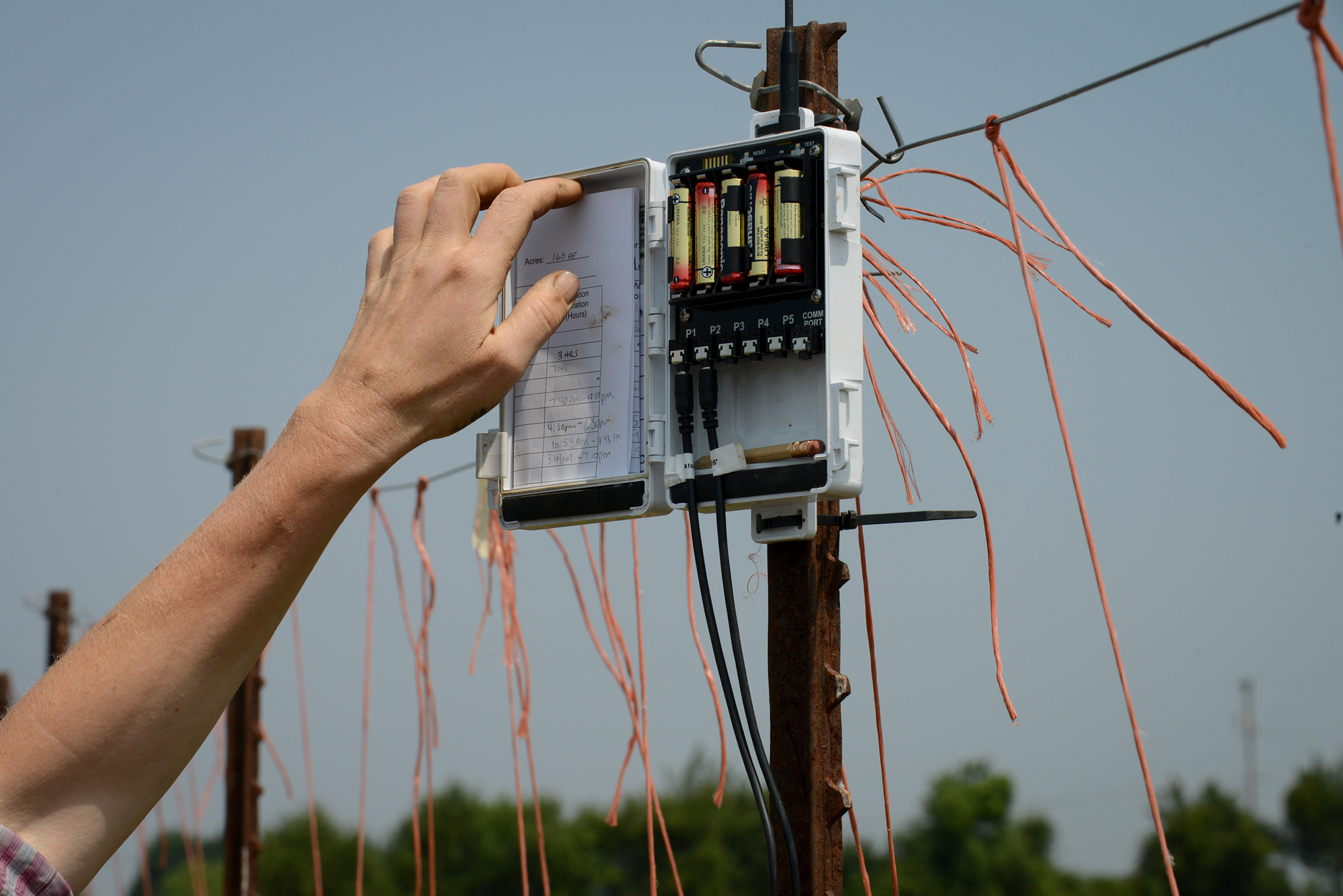
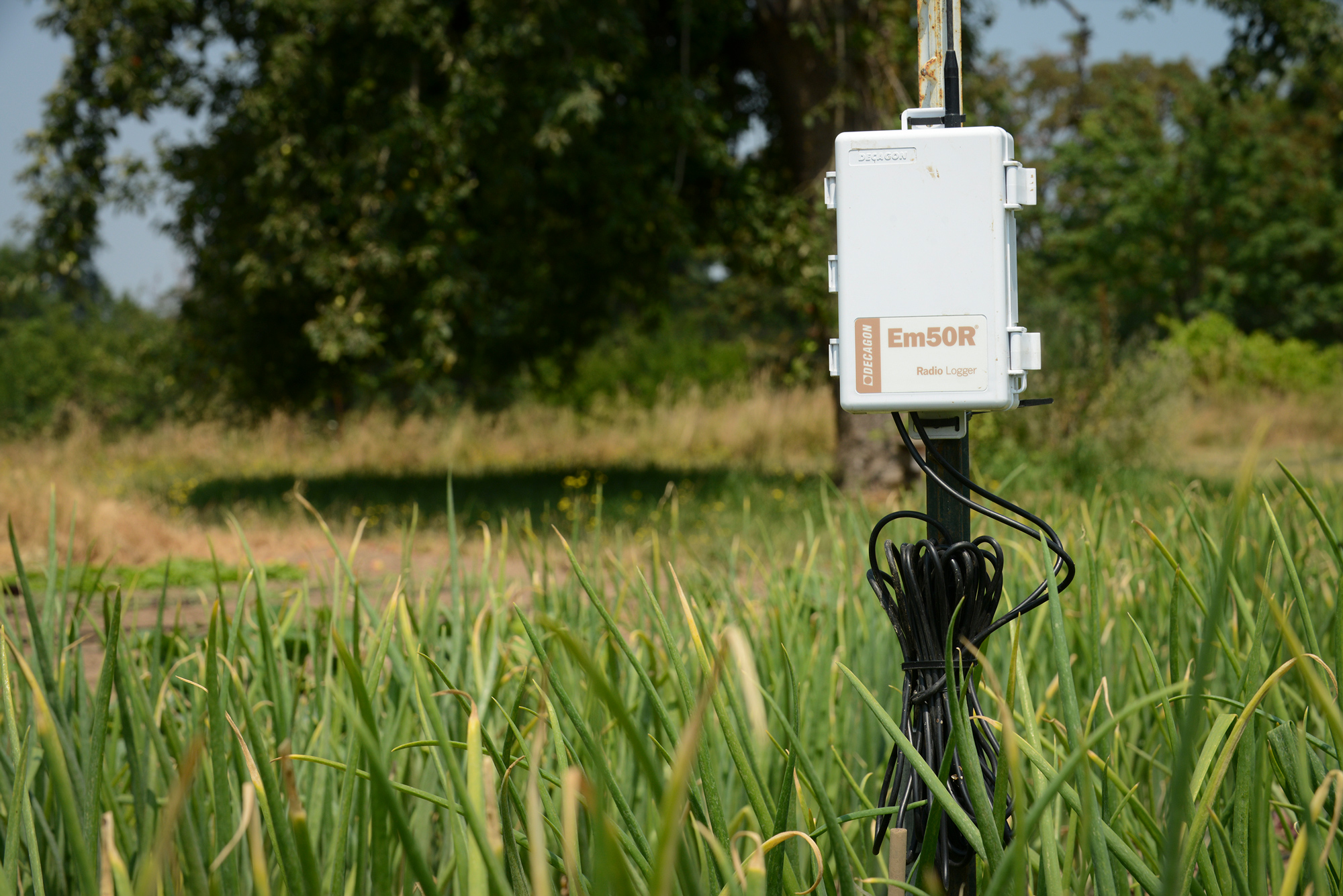
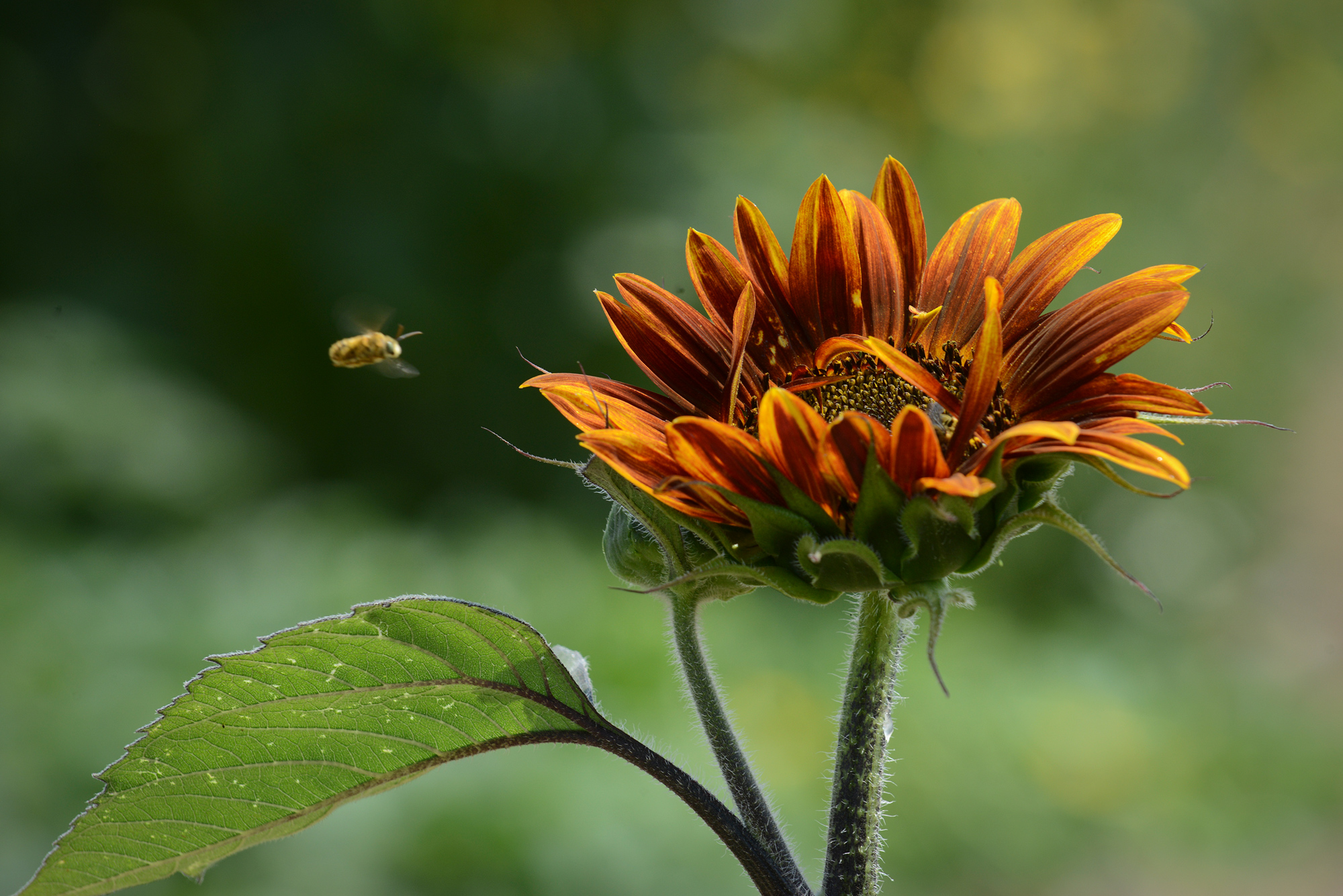
The farm’s leafy greens have suffered in the dry, hot days, Thatcher said. But the “heat lovers” — tomatoes, beans, squash and peppers, for example — are way ahead of schedule, she said.
The farm has partnered with the U.S. Department of Agriculture on a three-year soil moisture monitoring program. The data gathered during the study will help scientists and farmers understand how water moves through the soil and which crops suffer from drought most rapidly, she said.
Even if April Joy Farm and other growers have adequate water now, Thatcher said, that may not always be the case.
“We’re basically trying to think about what and how we can farm, when we can see that in five, 10 years we’re looking at California-like conditions,” Thatcher said. “We see the writing on the wall.”
Precious resource State needs to get smart on water use
Maia Bellon, Department of Ecology
Maia Bellon, who heads the state’s Department of Ecology, was raised in a Mescalero Apache culture that looks seven generations ahead.
The recent declaration of a statewide drought, she’s hoping, is the warning that will ensure water for future decades.
“It’s a catalyst for us to become innovative with our water supply,” she said.
Water has always been an important element in Bellon’s life.
Some of her earliest memories include swimming in the Pacific Northwest’s rivers and lakes.
Enlarge

1. Frito-Lay Inc. — 160,034,493 gallons used in 2014
2. SEH America Inc. — 140,991,335 gallons
3. Northwest Packing Company — 109,182,670 gallons
4. City of Vancouver — 72,614,151 gallons
5. Evergreen Public Schools — 67,864,769 gallons
6. Columbia Tech Center LLC — 54,266,681 gallons
7. Vancouver Housing Authority — 42,850,660 gallons
8. PeaceHealth Southwest Medical Center — 36,970,971 gallons
9. Vancouver Public Schools — 36,163,075 gallons
10. Clark County — 34,466,494 gallons
Source: City of Vancouver
As a child, she attended tribal ceremonies where water played a central role, with the act of drinking water at both the beginning and end of each celebration.
“Water is absolutely connected to every aspect of our life. The world begins with water.”
This year — 2015 — is a wake-up call.
“Many of us can adjust how much water we use. We can be more conservation-minded … We can plan ahead,” she said.
Yacolt Burn Could it happen again?
Until last year, the biggest wildfire in state history belonged to Southwest Washington.
More than a century ago, the Yacolt Burn scorched nearly 239,000 acres in Clark, Skamania and Cowlitz counties. The fire erupted in early September 1902, initially fanned by strong winds from the Columbia River Gorge. It started after a dry spell of 77 days without rain, according to Columbian archives.
A statewide drought has produced bone-dry conditions in the region this year. Could a major fire like the Yacolt Burn happen again?
In a word, yes.
“It could happen again,” said Janet Pearce, a communications manager with the state Department of Natural Resources. “And this could be a year that it could.”
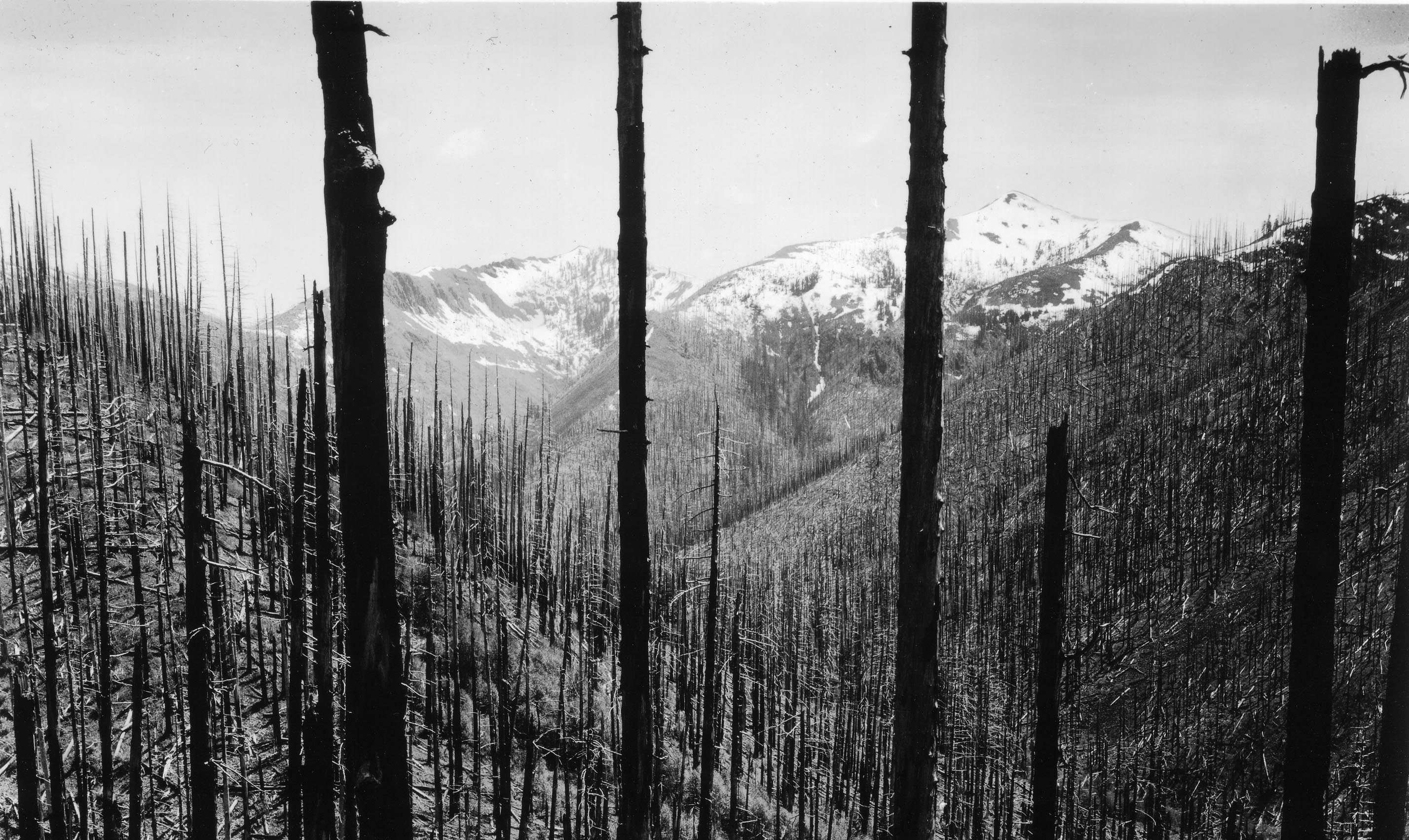
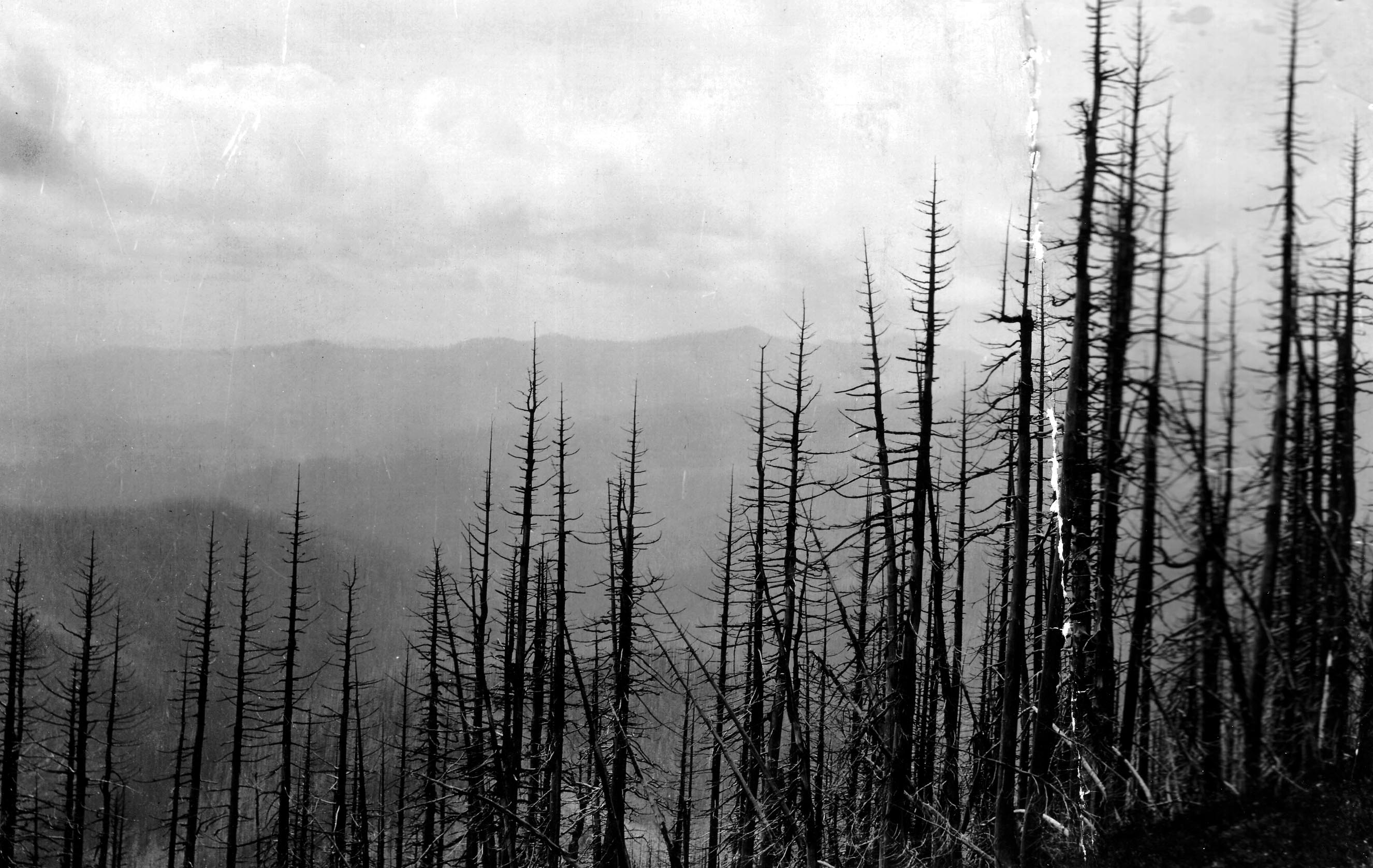
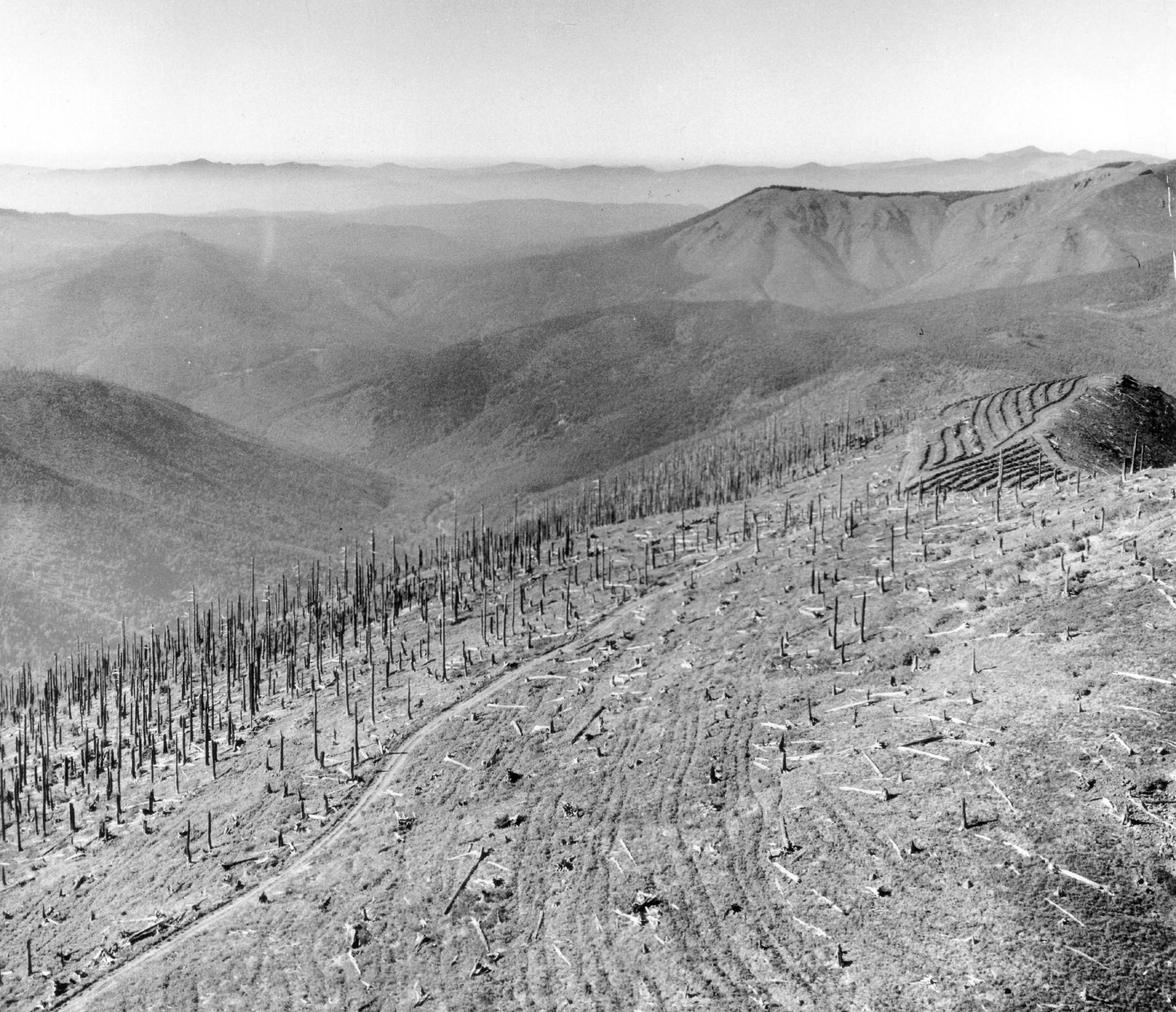
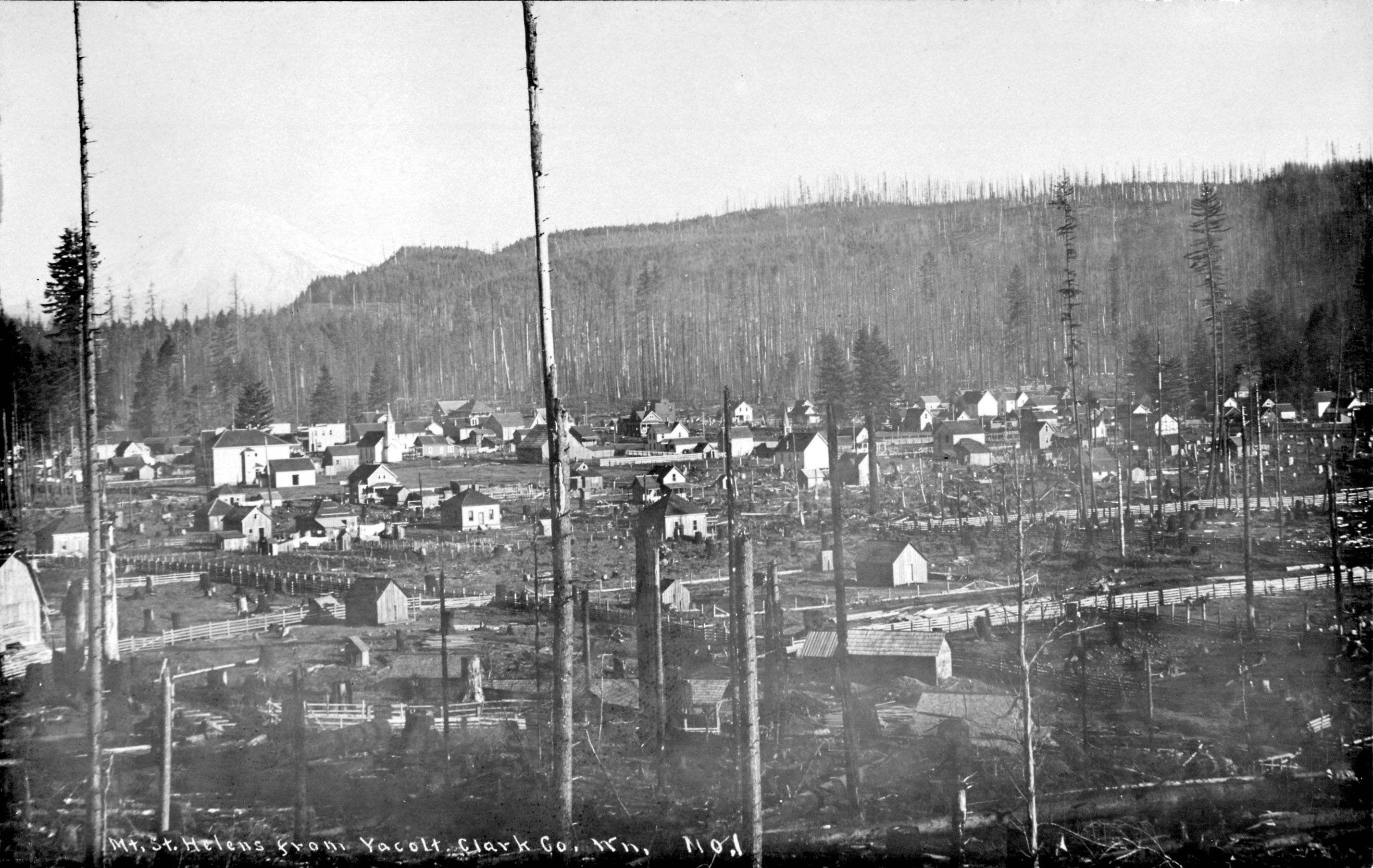
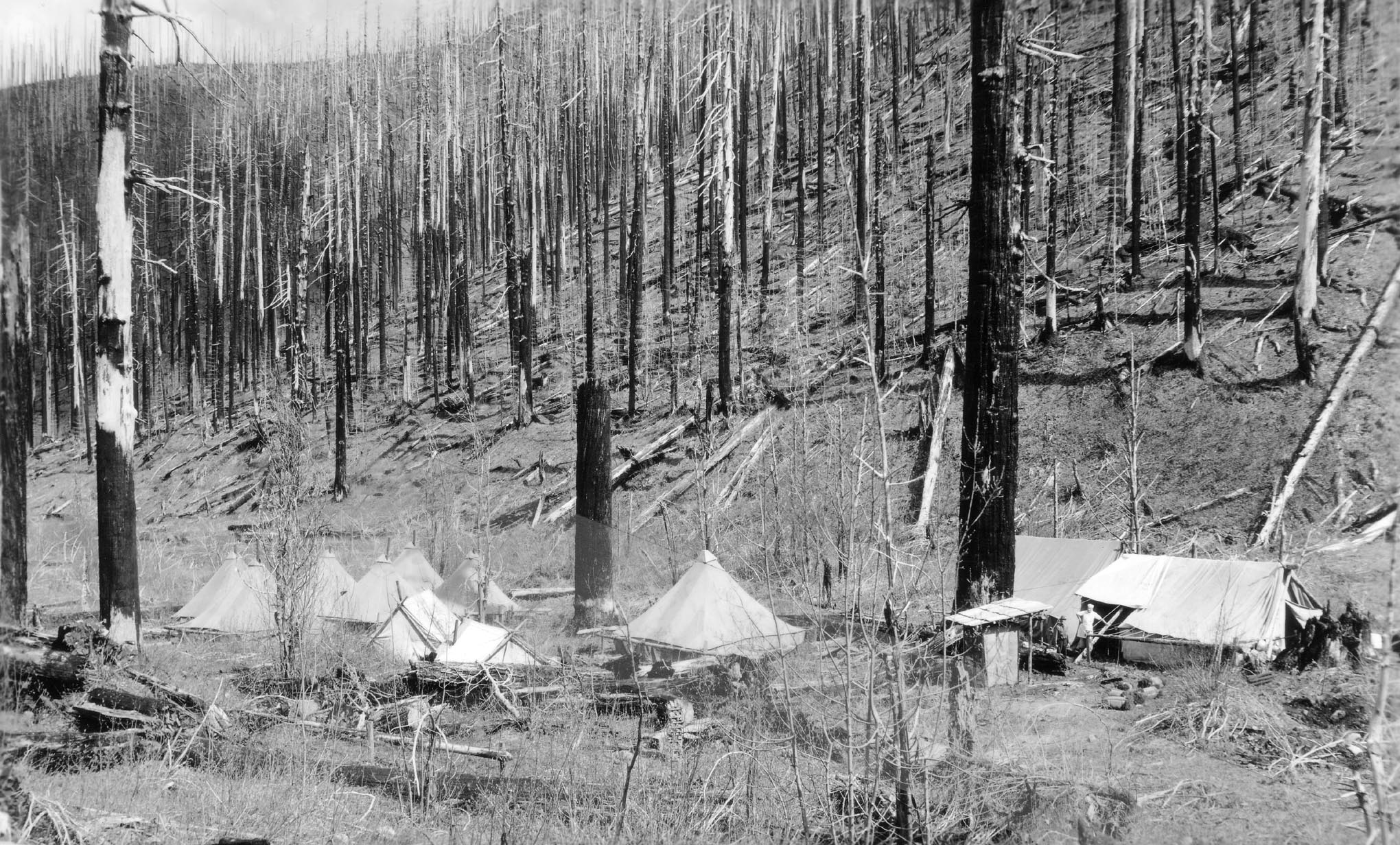
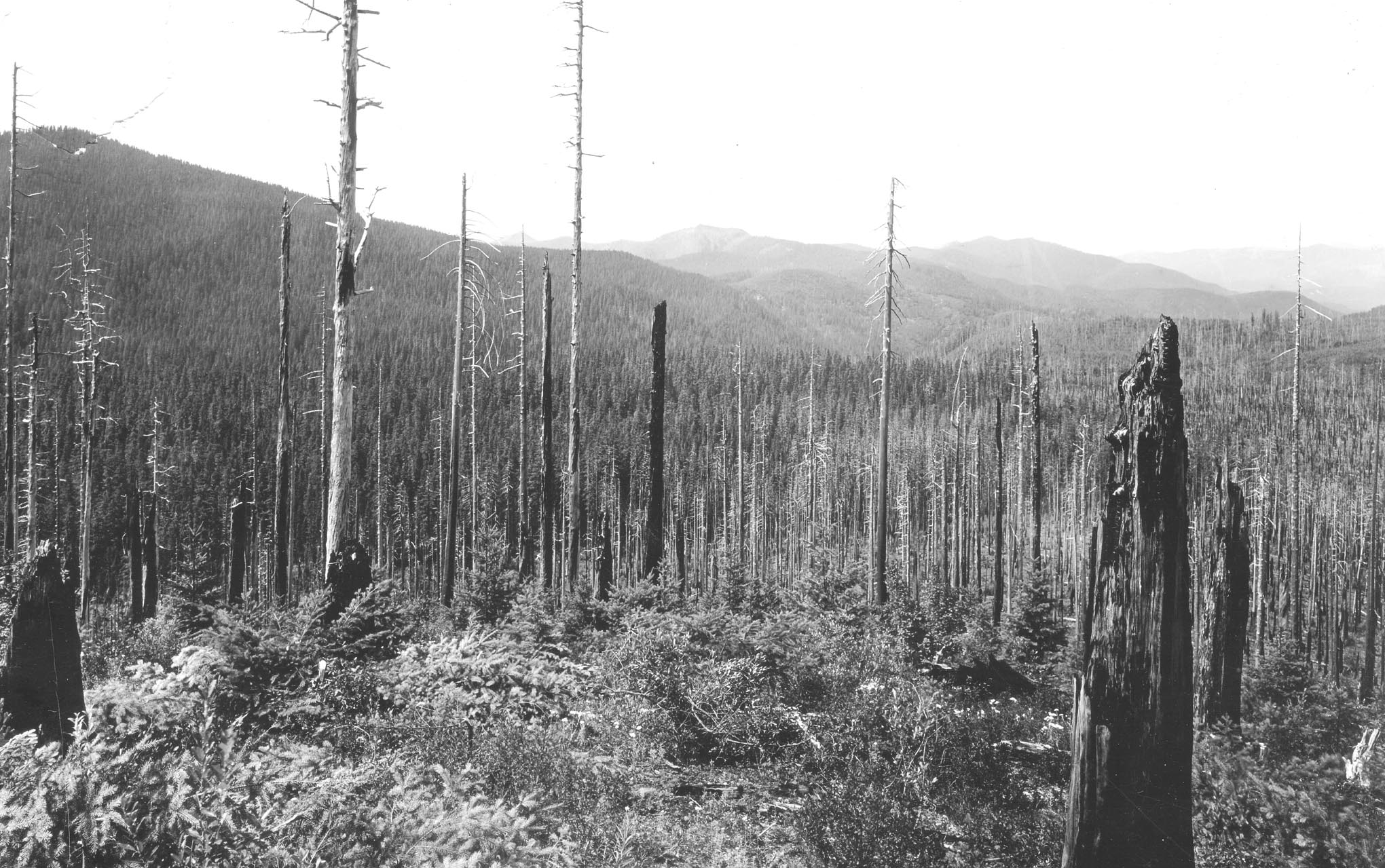
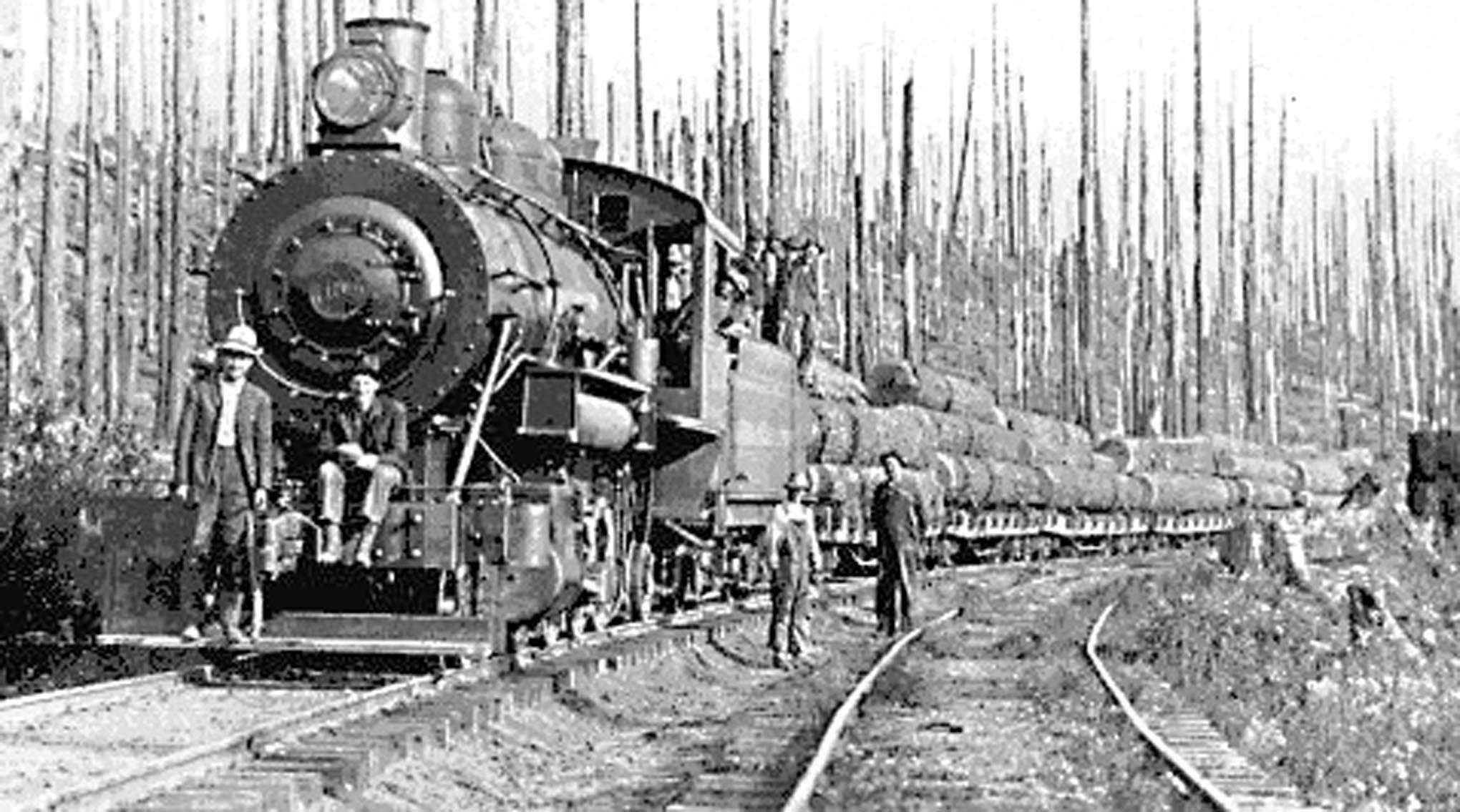
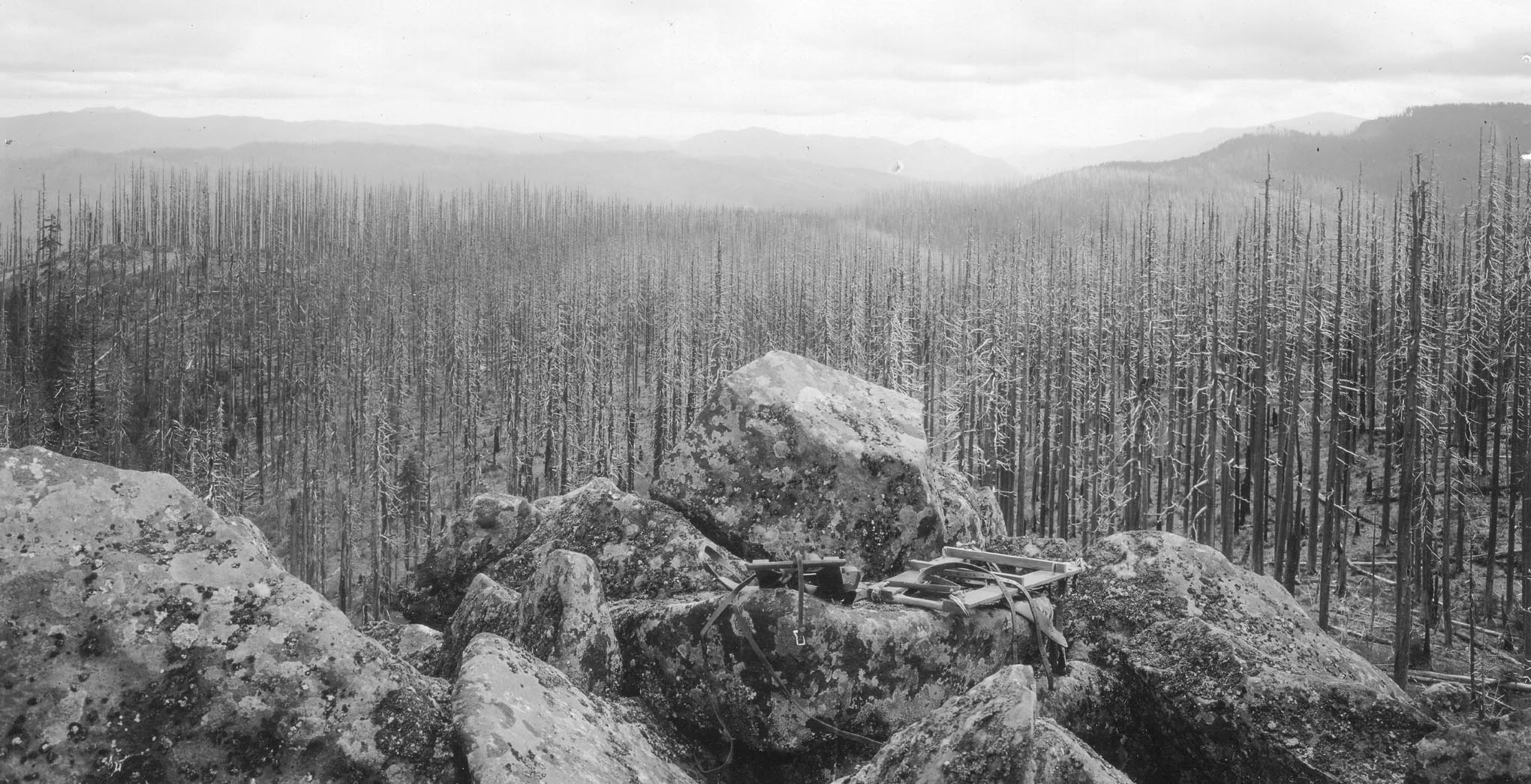
Clearly, a lot has changed since 1902. Firefighting tactics and technology have improved immeasurably. Road networks provide far better access to many remote places. Forest management has evolved, too. All of those changes would likely help prevent a wildfire from spreading into a full-blown catastrophe.
But other factors have introduced new risks. Many more people live in the forest now, Pearce said, which means more chances for a fire to start. Meanwhile, the landscape is dry and getting drier, she added.
At least 38 people were killed in the original Yacolt Burn, though the flames didn’t quite reach the town of Yacolt. A series of flare-ups followed in subsequent years. Much of the damaged area is now known as the Yacolt Burn State Forest.
The Yacolt Burn remained the largest wildfire in Washington’s history until it was eclipsed by the Carlton Complex fire in 2014. That fire burned more than 250,000 acres in North Central Washington.
This year’s wildfire season has started fast due to persistently warm, dry conditions. Officials don’t expect significant relief any time soon.
“We will be in a world of hurt with one spark,” Pearce said.